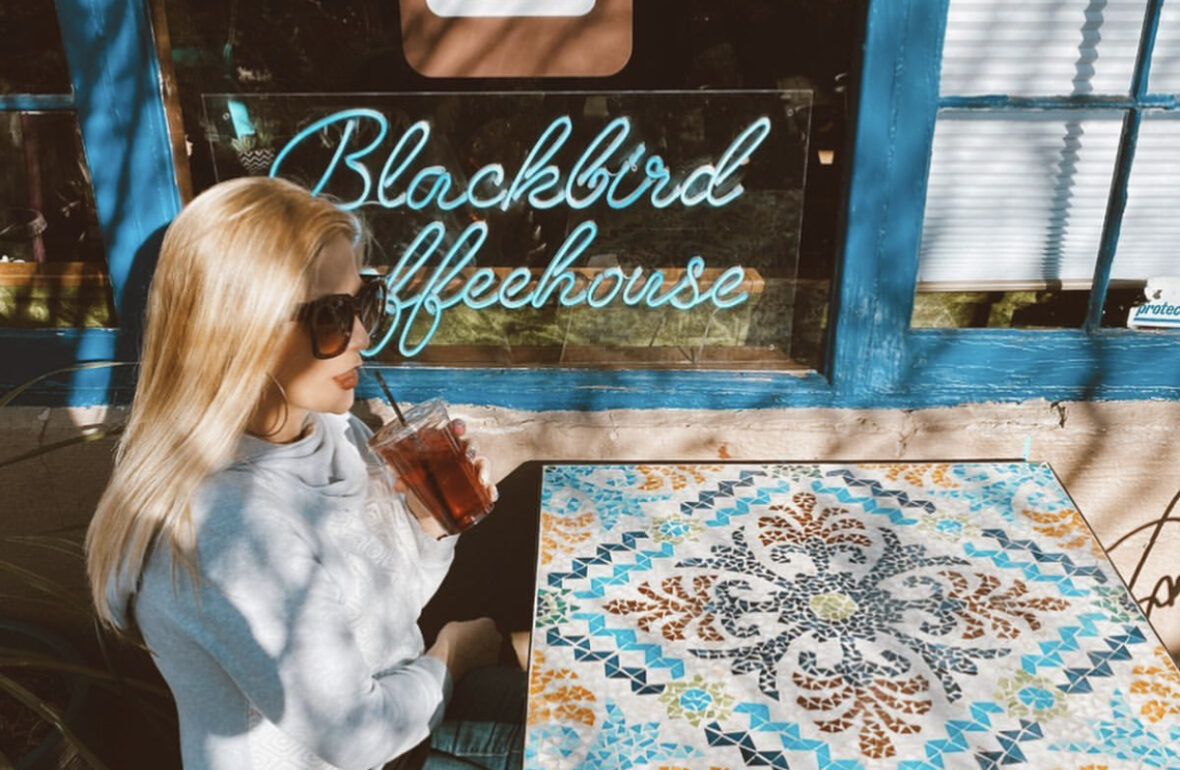
There’s nothing quite like that morning cup of coffee to kickstart your day. The rich aroma, the comforting warmth – it’s a ritual that transcends mere caffeine consumption. For me, waking up often means feeling a bit like a non-functional entity until that glorious elixir starts coursing through my veins.
Caffeine, a natural stimulant found in coffee, not only jolts you awake but also enhances focus and elevates your mood. The world of coffee is vast, from the earthy notes of a dark roast to the bright acidity of a pour-over. And let’s not forget the various brewing methods, each promising a unique experience.
As a child, my drink of choice was always Dr. Pepper, and thus, my caffeine journey began at a remarkably early age. Little did I know that this innocent childhood preference would evolve into a lifelong relationship with caffeine.
Having at least one caffeinated beverage a day became more than a routine; it was a way of life. It turns out I was far from alone – 90% of people around the globe join me in this daily ritual. That’s a staggering number, isn’t it?
Caffeine, often perceived as a harmless pick-me-up, is, in fact, a psychoactive drug, and it holds the title of the most widely used drug globally. It’s not uncommon for even children to indulge in its effects regularly.
Whether it’s the first sip of a morning brew, the mid-day frappe that hits the spot just right, or that perfectly chilled coke that transforms our mood, caffeine has woven itself into the fabric of our daily lives.
Moreover, the influence of caffeine extends far beyond our cups; it’s a social phenomenon. Take a scroll through social media, and you’ll be greeted by the ubiquitous hashtag #coffee, boasting an impressive 168 million shares. Not to be outdone, #caffeine holds its own with over 7.1 million shares and counting!
Coffee mugs, coffee makers, and coffee beans have become more than just commodities; they’re symbols of a shared experience. Our collective reliance on caffeine has turned these everyday items into cultural icons, connecting us through the simple act of enjoying a cup of joe.
However, as we revel in the camaraderie of our caffeine-infused society, it’s crucial to consider the potential downsides. While that daily dose of caffeine provides the power boost needed to navigate our busy lives, an overreliance on it might be doing more harm than good.
According to verywellmind.com, “Coffee and other caffeinated products can create a physical dependence, leading to chemical changes in the brain”
Regular, heavy use of caffeine, such as 600mg of caffeine a day, may cause some of the following side effects:
- anxiety
- difficulty sleeping
- ulcers
- irritability and headaches
- dizziness and ringing in the ears
- muscle tremor
- weakness and fatigue
- increase blood pressure
Reflecting on my past, it’s clear that my daily rendezvous with caffeine was taking a toll on my well-being. Anxiety, disrupted sleep, and persistent headaches became unwelcome companions in my daily life. It was a wake-up call, urging me to reconsider my relationship with this ubiquitous stimulant.
Seven years ago, I made a conscious decision to break free from the chains of daily caffeine consumption. The results were transformative. The anxiety waned, my sleep patterns improved, and the headaches gradually subsided. It was a pivotal moment that allowed me to regain control over my health.
While I occasionally indulge in a refreshing iced-cold green tea, containing 20mg of caffeine, it’s no longer a crutch but a mindful choice. The cravings that once dictated my days are no longer there anymore.
These days, my beverage preferences lean towards water and herbal teas. They’ve become not just a replacement for caffeine but a daily ritual, promoting both physical and mental well-being.
As for my husband’s enjoyment of the occasional cup of coffee, I’ve found solace in the decaf version when the aroma of freshly brewed coffee beckons. It’s a reminder of how far I’ve come in reclaiming my health and embracing choices that serve my overall well-being.
The improvements I noticed when I ditched caffeine are:
- less headaches
- better quality of sleep
- less anxiety
- more natural energy
The first couple of months tested my resolve. The withdrawal symptoms, though uncomfortable, were emblematic of my body adjusting to the absence of caffeine. The headaches, while intensifying initially, gradually gave way to a newfound clarity and resilience.
The headaches soon became a distant memory. In their place emerged a better version of myself—energized, focused, and no longer bound to caffeine dependence.
How to reduce caffeine intake:
- drink more water
- replace caffeine with herbal tea
- exercise
- try decaf
- take it slow (cut back gradually)
For the majority of the population, being part of the 90% that indulges in caffeine comes without apparent health issues. Caffeine, when consumed in moderation, often serves as a reliable companion in our daily routines, providing that much-needed boost to kickstart our days.
However, the key lies in mindfulness and listening to the signals our bodies give. While caffeine is generally considered safe, excessive consumption can lead to a range of side effects. Acknowledging these potential consequences is a crucial aspect of maintaining a balanced and healthy lifestyle.
From jitteriness to increased heart rate, the body has a way of signaling when it might be reaching its caffeine threshold. Being attuned to these signals empowers individuals to make informed decisions about their caffeine intake, ensuring that the ritual remains a source of comfort rather than a cause for concern.
So, as we savor that morning cup or indulge in an afternoon pick-me-up, let’s do so with a mindful awareness of how our bodies respond, ensuring that our caffeine companionship remains a positive and enriching part of our lives.


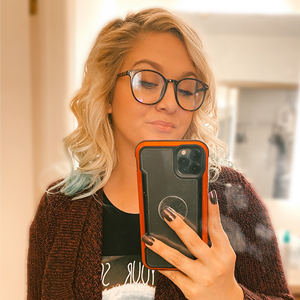
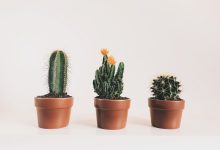

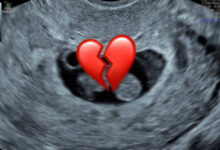

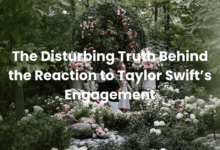


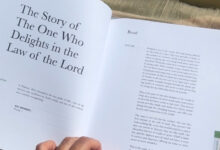
Leave a Comment